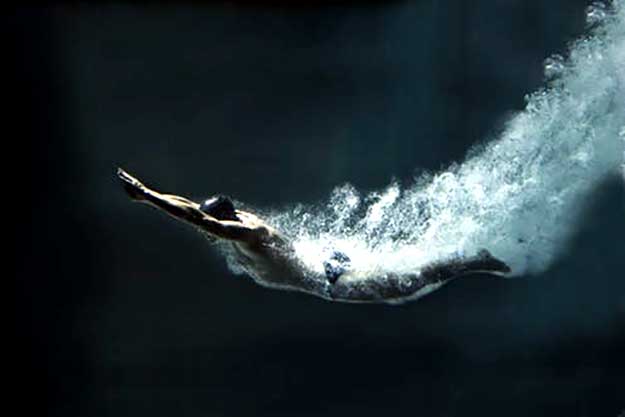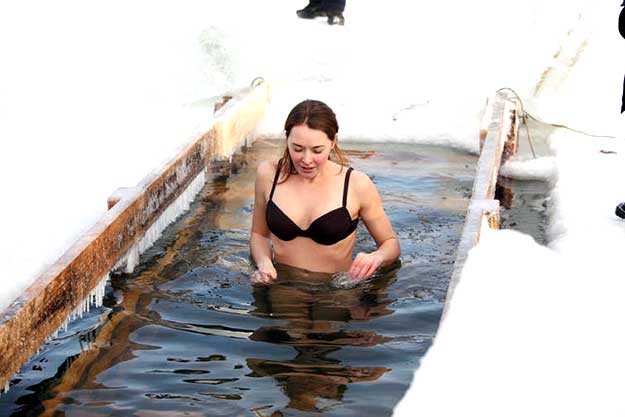Many will have read the news story about the sad death of Cameron Gosling who died from cold water shock after jumping into the River Wear on a hot summer’s day. Sadly, Cameron’s death is not an isolated case. About 400 people die annually in the UK as a result of being immersed in cold water – more than die from cycling accidents or fire. Most of the casualties are males under 30 years of age, and most are reported to be good swimmers.
In the 1980s, Frank Golden and I coined the term “cold shock” for the initial physiological responses evoked by being immersed in cold water. At the time, most scientists, the media and the general public thought that hypothermia (low deep body temperature) was the cause of death, a misconception that started with the Titanic disaster. But hypothermia takes at least 30 minutes before it is fatal so couldn’t explain the rapid incapacitation seen in those who die from cold water shock in minutes.
Our investigations at the Institute of Naval Medicine, University of Surrey and Portsmouth showed that being immersed in cold water causes a “gasp” response (about two litres in lung volume) and uncontrollable hyperventilation. The resulting loss of control of breathing makes the odds of inhaling the 1.5 litres of water needed to drown much more likely. At the same time being immersed in cold water puts a huge strain on the heart, which can cause irregular heartbeats.
Survival tips
Fortunately, there are ways to lessen the risk of death from cold water shock. Six, three-minute dips in cold water, with your head out of the water, can halve cold water shock and increase your chances of being able to hold your breath on immersion and so avoid drowning.
How much your body reacts to being in cold water is related to the surface area of the skin exposed to the water and the rate of change of your skin temperature. You can control these things by wearing a wet suit or dry suit, by splashing water on your body to pre-cool your skin, by avoiding jumping or running into cold water, and by entering cold water slowly (this can be difficult, but it produces a smaller, more controllable cold water shock response).
Unfortunately, almost half of those who have died from cold water shock had no intention of going into the water. So what should you do if you find yourself suffering from cold water shock?
The cold water shock disappears as the cold receptors on the skin adapt to the lower skin temperature. This takes about a minute in most people. During this time, and until your breathing is back under control, you are much safer if you stay still, hold onto something or float. But cold water shock makes you want to thrash about or swim hard, which is part of the natural fight-or-flight response to threats. You must fight this instinct and stay still with your mouth clear of the water until the cold water shock goes away and you can hold your breath again.
Most people think they cannot float. They can, even if it takes a bit of gentle sculling. Clothing helps because it traps air and increases buoyancy. So follow the advice of the Royal National Lifeboat Institution and “fight your instincts” and “float first”. With this advice, you stand a good chance of surviving cold water shock.
Source: https://theconversation.com/
Dear User/Visitor! Please, answer on our questions: tick off one of the positions – your answer will make us able to improve our site and make it more interesting and useful!



